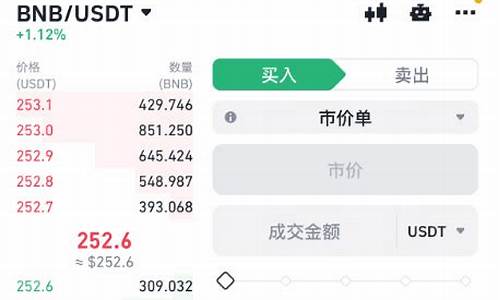
What is the stop-profit protection mechanism of digital currency?
Digital currency is a type of virtual currency that uses cryptography to secure and verify transactions, as well as control the creation of new units. It has gained popularity in recent years due to its decentralized nature, anonymity, and security features. However, like any investment, digital currency can be subject to market volatility and price fluctuations, which can lead to losses for investors. To address this issue, many digital currency exchanges and platforms have implemented stop-profit protection mechanisms.
A stop-profit protection mechanism is a feature designed to automatically sell a digital currency position when it reaches a predetermined profit level or loss threshold. This helps protect investors from potential losses by automatically closing their position when it reaches a certain level of profitability or risk. The stop-profit level can be set at different intervals, such as a percentage of the total investment or a specific dollar amount.
For example, if an investor sets a stop-profit level of 10% and their digital currency position gains 10%, the exchange will automatically sell the position to lock in the profit. Similarly, if the position loses 5%, the exchange will automatically sell the position to limit the loss.
The stop-profit protection mechanism is particularly useful for short-term traders who aim to make quick profits by buying and selling digital currencies in a short period of time. By setting a stop-profit level, they can protect themselves from sudden price swings and minimize their potential losses.
However, it's important to note that stop-profit protection mechanisms are not foolproof and can still result in losses if the price movement deviates from the expected path. Therefore, it's crucial for investors to carefully consider their risk tolerance and trading strategy before using these features.
In conclusion, stop-profit protection mechanisms are an essential feature for digital currency traders looking to protect themselves against potential losses. By automatically selling positions when they reach a predetermined profit level or loss threshold, these mechanisms help investors manage their risk and maximize their returns.
